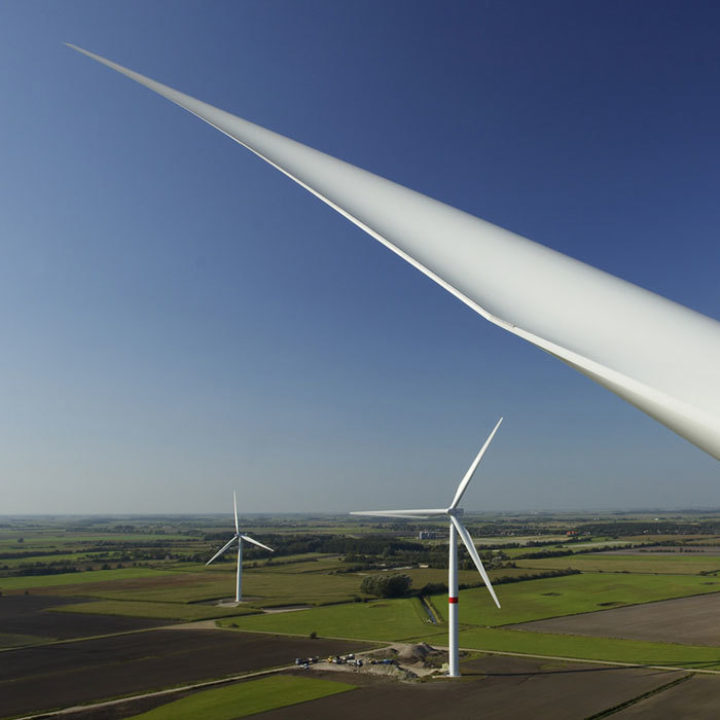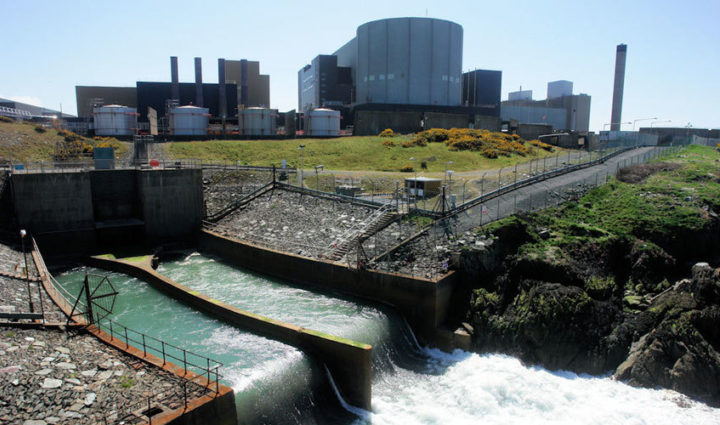Energy ministers on decision drive: what next?
Wylfa and Swansea Bay suggest government is making some long overdue decisions
By Richard Black
Share
Last updated:
Government decisions on many energy issues are months and some cases years overdue. Is the period of stasis ending?

Signs that it is lie in recent moves on the Wylfa Newydd nuclear power station and the Swansea Bay tidal energy project. There’s no doubt now that the government is committed to the first – and while the fate of the tidal lagoon looks like hanging in the balance for a further 10 days rather than being announced today, that’s a tiny addition to the three years during which the project’s supporters and opponents have been waiting for a decision.
It’s no secret that ministers want a raft of new nuclear power stations to be built – and, indeed, the electricity sector in 2025-30 might struggle somewhat if they don’t materialise.
The argument within government has set ideology against pragmatic economics: the financial logic points towards state support because the state can borrow money much more cheaply than the private sector – but the government’s position has long been that energy generation should be built without state finance. In the end, economic pragmatism won, and the odds of Wylfa Newydd going ahead have increased significantly now that the state is set to invest in the region of £5bn.
This, plus the fact that the Advanced Boiling Water Reactors (ABWRs) to be used at Wylfa are much more of a known quantity than the European Pressurised Water Reactors (EPRs) slated for Hinkley Point C, has resulted in much more reasonable numbers being floated for the price - £75-77 per megawatt-hour (MWh) of electricity as compared against Hinkley’s £92.50.
Some commentators have correctly observed that this cost is still higher than the latest round of offshore wind contracts, at £57.50 per MWh, even when you add on the consensus figure of £10 for network balancing costs. However, unlike Hinkley, it's in the same ballpark as offshore wind – and if you believe as the government does that it’s pragmatic to invest in 12-15GW of new low-carbon baseload generation, this is probably as good as it gets.

A couple more interesting tidbits emerged on Wylfa. One is that Hitachi may consider building four reactors there instead of two, reducing the unit cost further. At 5.4 gigawatts (GW), that would make Wylfa the biggest single generating plant in the UK, about a third again bigger than Drax – equal with Europe’s biggest, the giant CO2-belching Belchatów lignite plant in Poland. A second is that some industry insiders believe Wylfa will be completed before Hinkley, despite its later start. If I were a betting man, then based on the fact that Japan’s ABWRs are simpler than EPRs and have a decent record of operation once you factor out closures for earthquakes and turbine faults, I think I’d put my money that way too.
But almost more significant than the nature of the government’s decision is that fact that it’s taken it. The size of that ideological hump marked ‘state investment’ shouldn’t be underestimated.
Tidal ins and outs
Whichever way the Swansea Bay decision goes, there will be a lot of bone-picking-over to do. For me, the project, yea or nay, throws up three big questions.
- What role do we want tidal power to play, if any? Some commentators argue for ‘none’ on the grounds that wind and solar are now becoming so cheap. I would say ‘yes, ok – but tidal can include an element of storage, which wind and solar can’t’. The question then becomes – is that worth it? If it is, then how should the government best incentivise tidal projects that build in maximum flexibility? Or would the decision be ‘no’, because we judge that batteries and other forms of storage can do the job better?
- How should the economics of tidal lagoons properly be evaluated? Clearly they can provide benefits way beyond the electricity they generate – as Lord Stern enumerated Swansea Bay’s this week: ‘substantial potential benefits in terms of recreation and health… important role as a prototype that will lead to increased learning and reduced costs for subsequent schemes… tremendous potential for exports…’ Equally, there may be hidden negatives as well. Currently, these factors aren’t captured in economic analyses – can they be?
- How can the government introduce competition into tidal power? Almost half of the wind and solar capacity in the next five years, globally, will be added through competition, and the latest UK contract prices for offshore wind famously illustrate the reason why. Although Swansea Bay would be a world first-of-a-kind, the technology isn’t that innovative – there’s a lot of civil engineering involved – so one would think it ought to be possible to run competitive auctions for delivery on any site, let alone between sites.
Wind time?
If ministers are on something of a decision roll at the moment – heading for two biggies in a month, it seems – then what might we be looking at next?

The obvious one is onshore wind. The economic rationale is becoming overwhelming. On Monday we saw an industry report flagging that because onshore wind is now the cheapest form of new generating capacity to build, allowing it to built will bring a net return to bill-payers over a number of years – £1.6bn over 15 years, according to the BVG report – numbers similar to those we published ourselves late last year.
In calculating that saving, BVG assumed a price of £45.60 per MWh. But that may be some way above the real market. Every project is different, that’s for sure – but just this week I’ve had two industry sources indicating that prices below £40 are being agreed even now in private deals between developers and customers. That is seriously cheap.
And the government dropped another hint of a reboot this week by opening the next CfD auction to projects on remote islands.
Then there’s public acceptance. The latest government survey shows three-quarters of the population in favour of onshore wind – a number that’s been slowly rising – and only 2% ‘strongly opposed’. Any minister in any department would dream of such numbers for any policy.
It’s also worth remembering that the Committee on Climate Change (CCC) said at the beginning of the year that in order to get back on track with carbon budgets, the government needed to introduce several new policies this year – a year that we’re nearly halfway through, and with the next CCC progress report looming at the end of the month.
Zero-carbon homes, carbon capture, carbon pricing post-Brexit… all these are areas where decisions logically should come in the short term rather than the long. We’ll see if Wylfa and Swansea Bay really have put the government on a roll.
Share